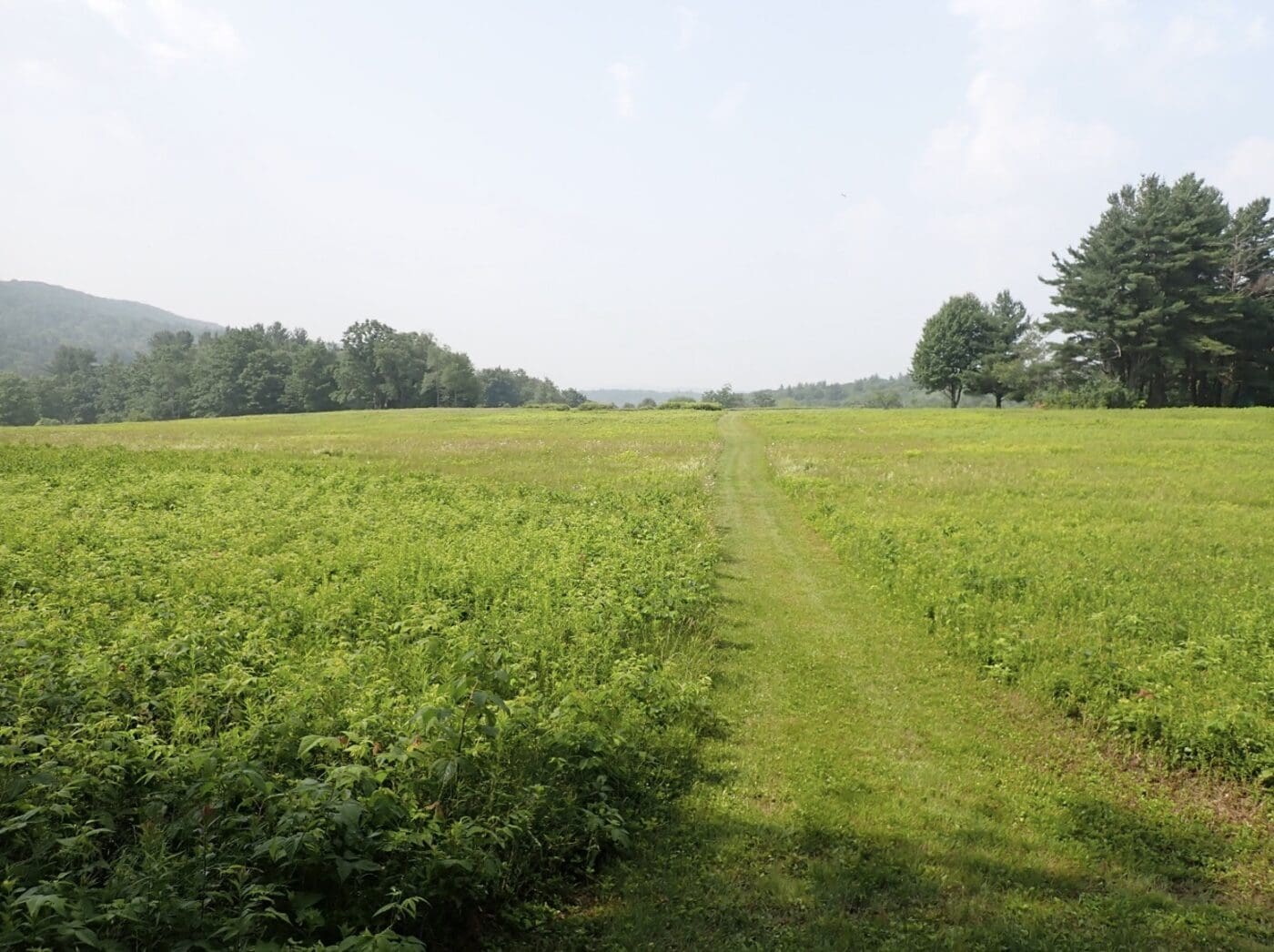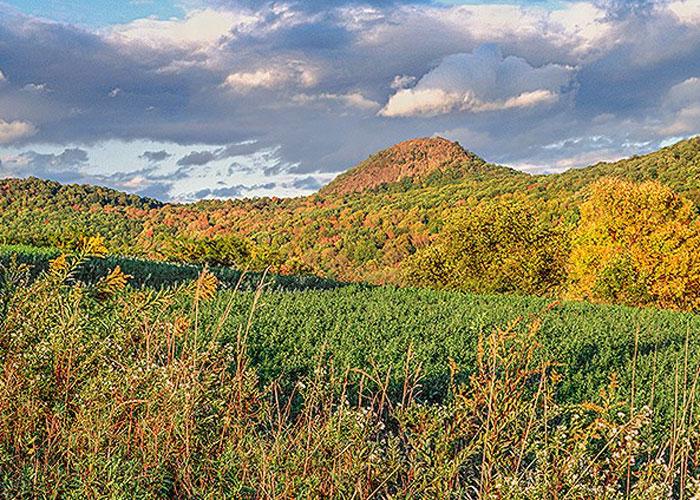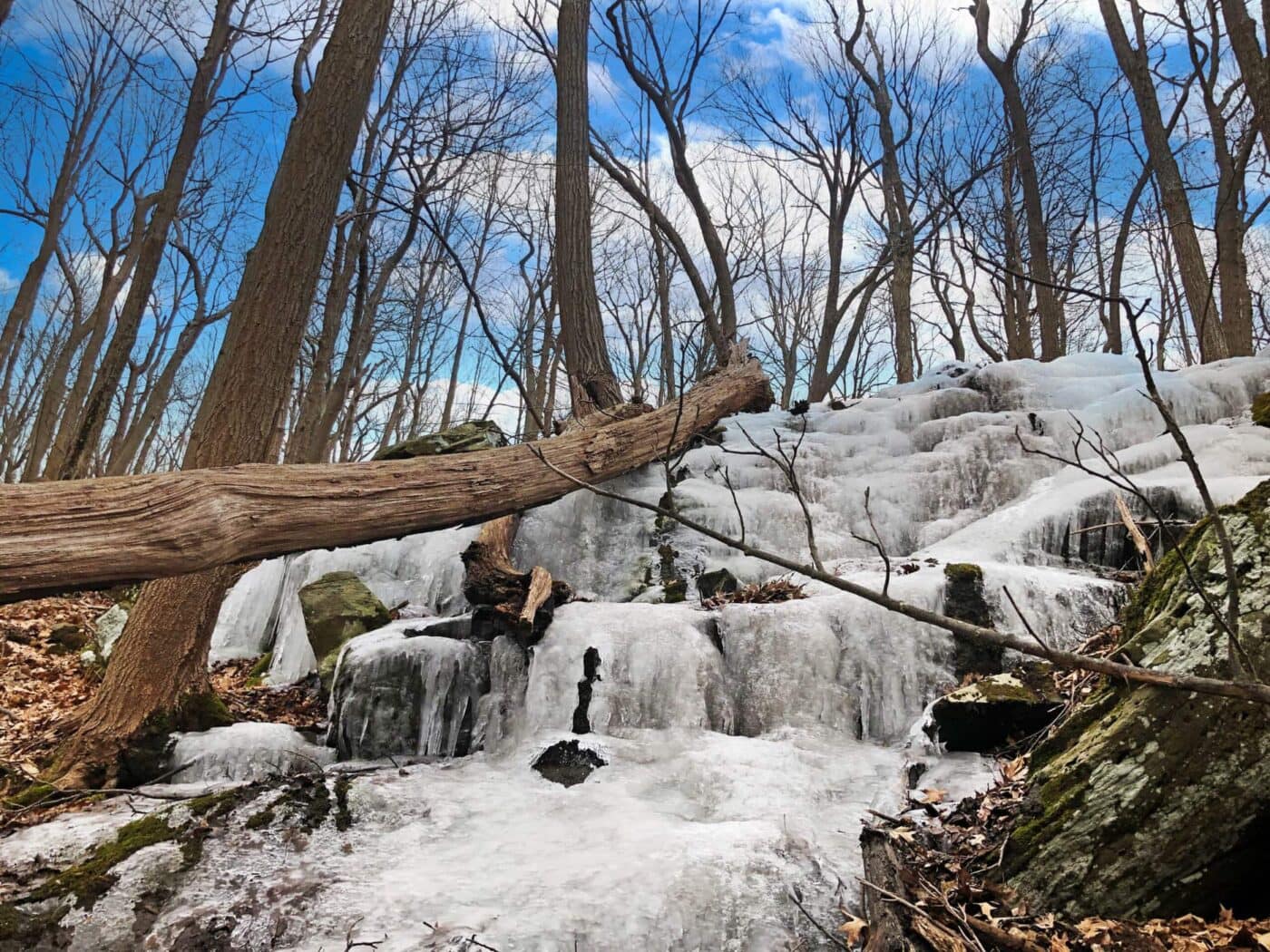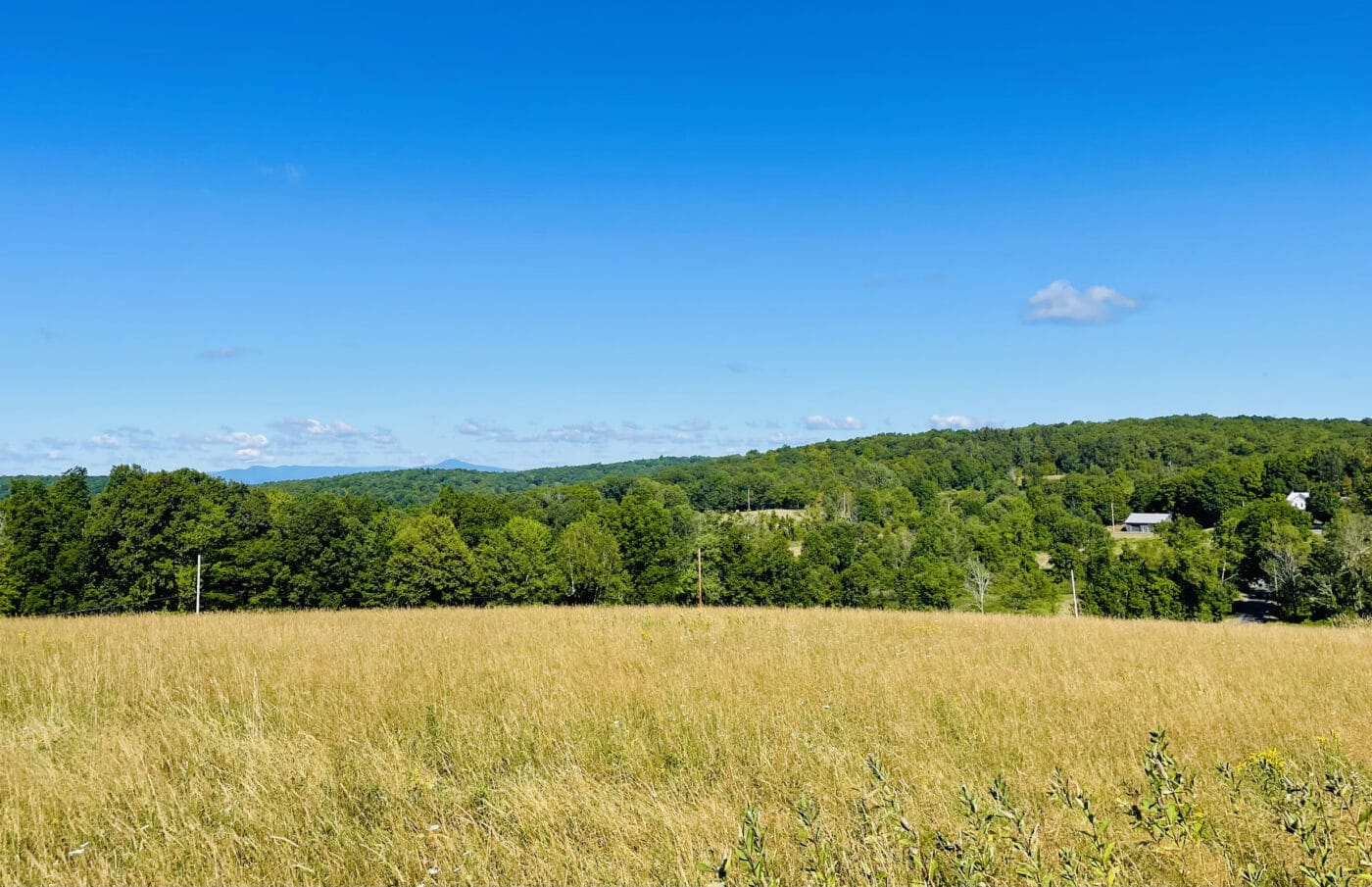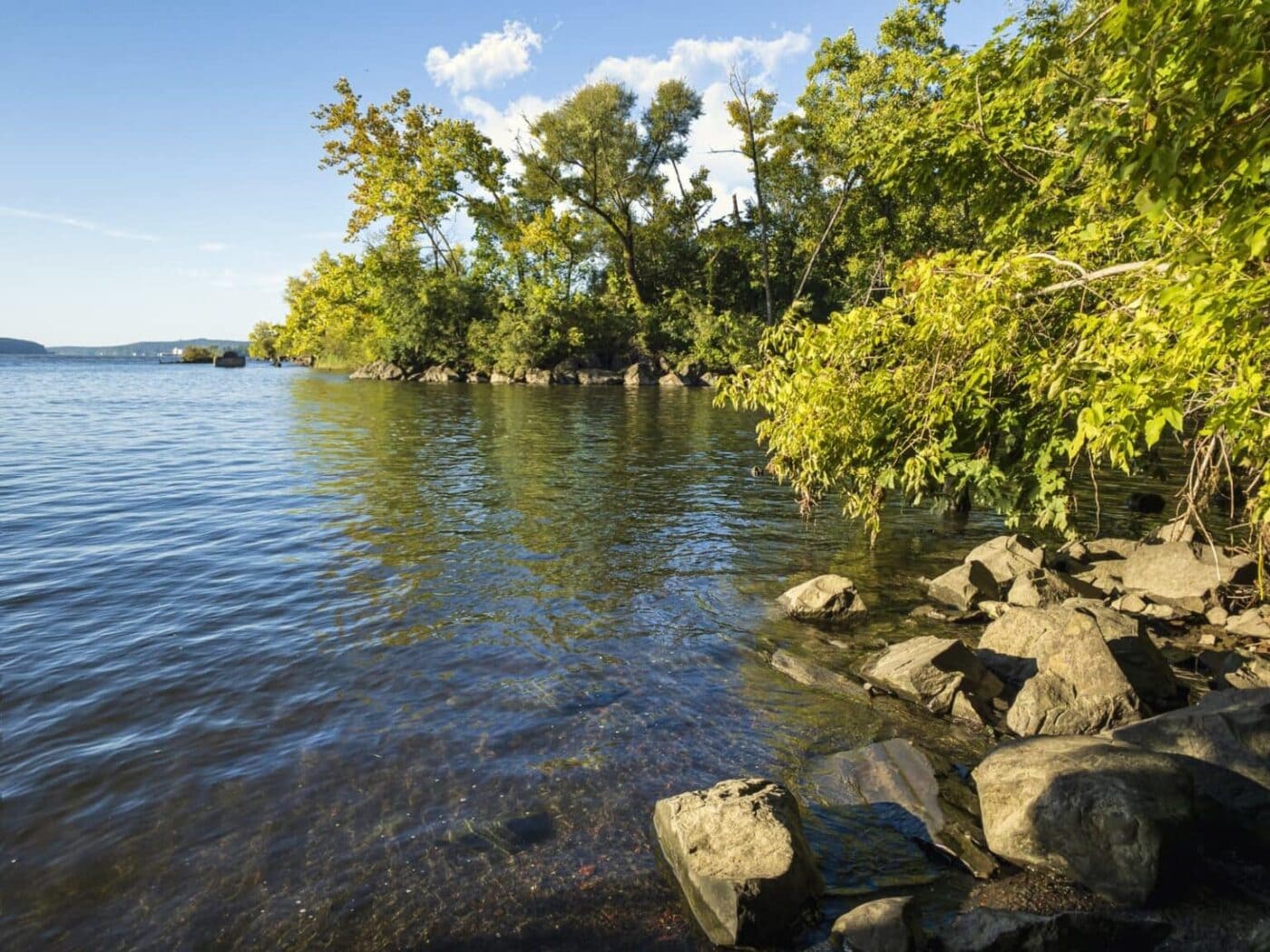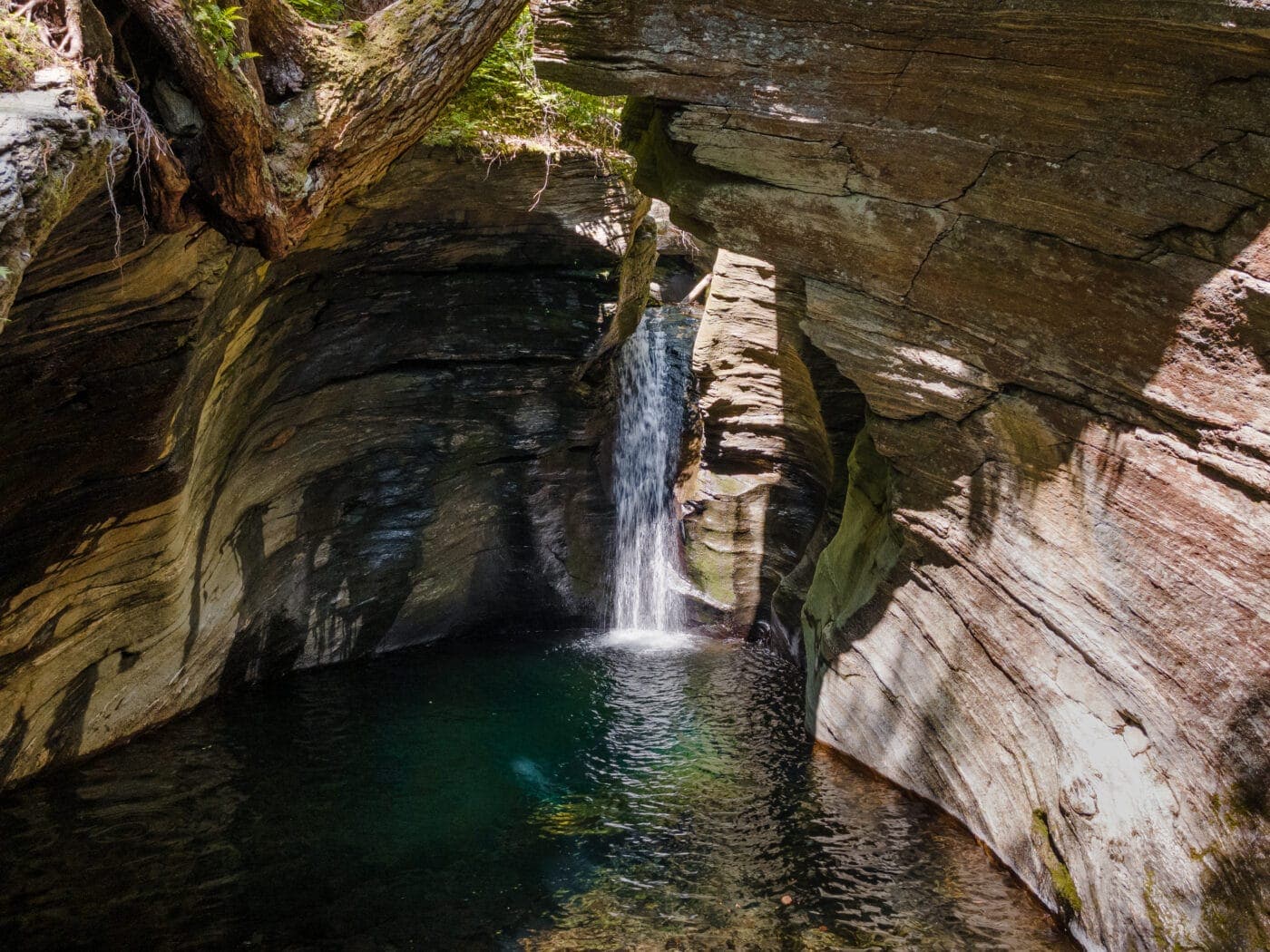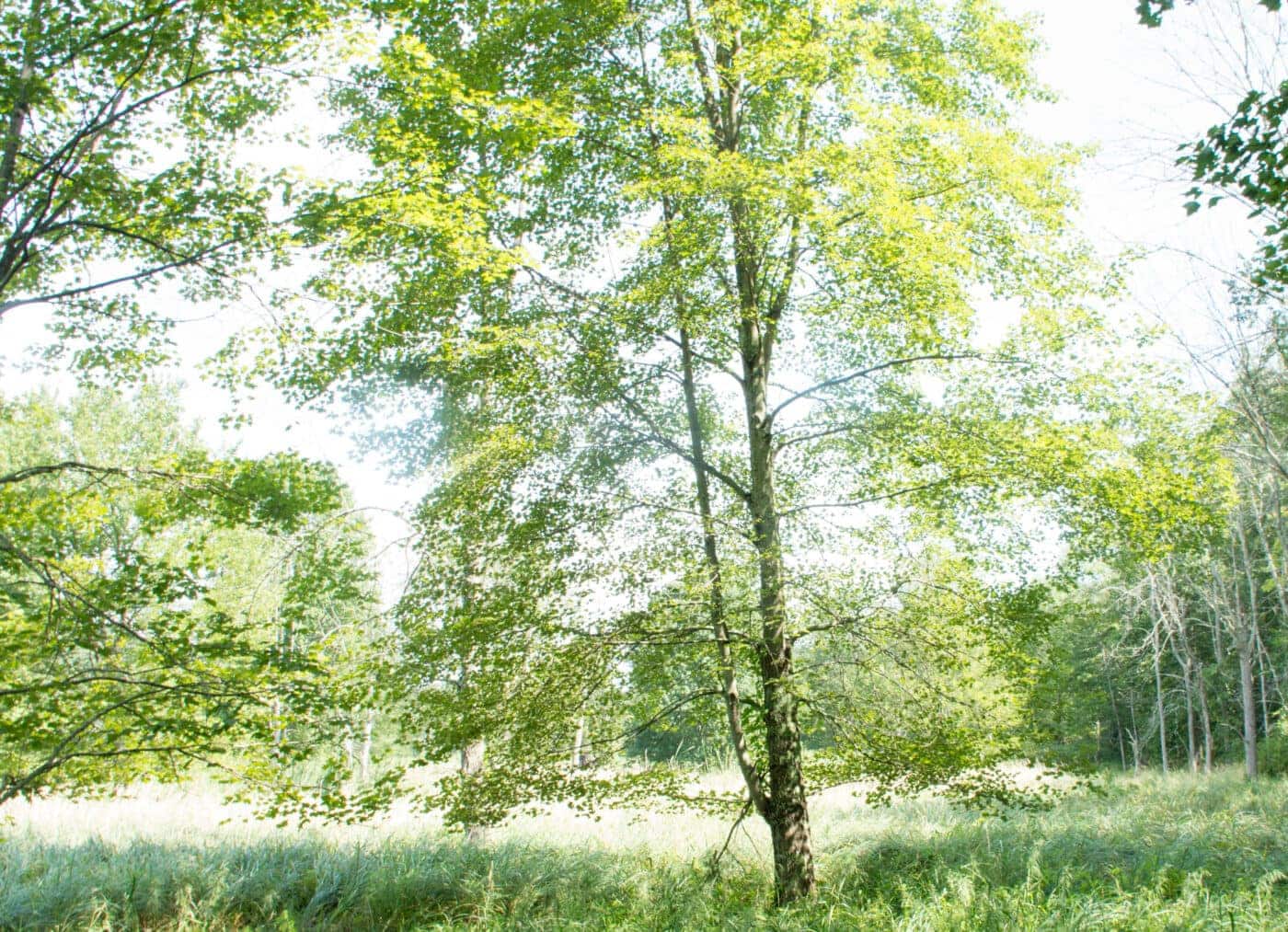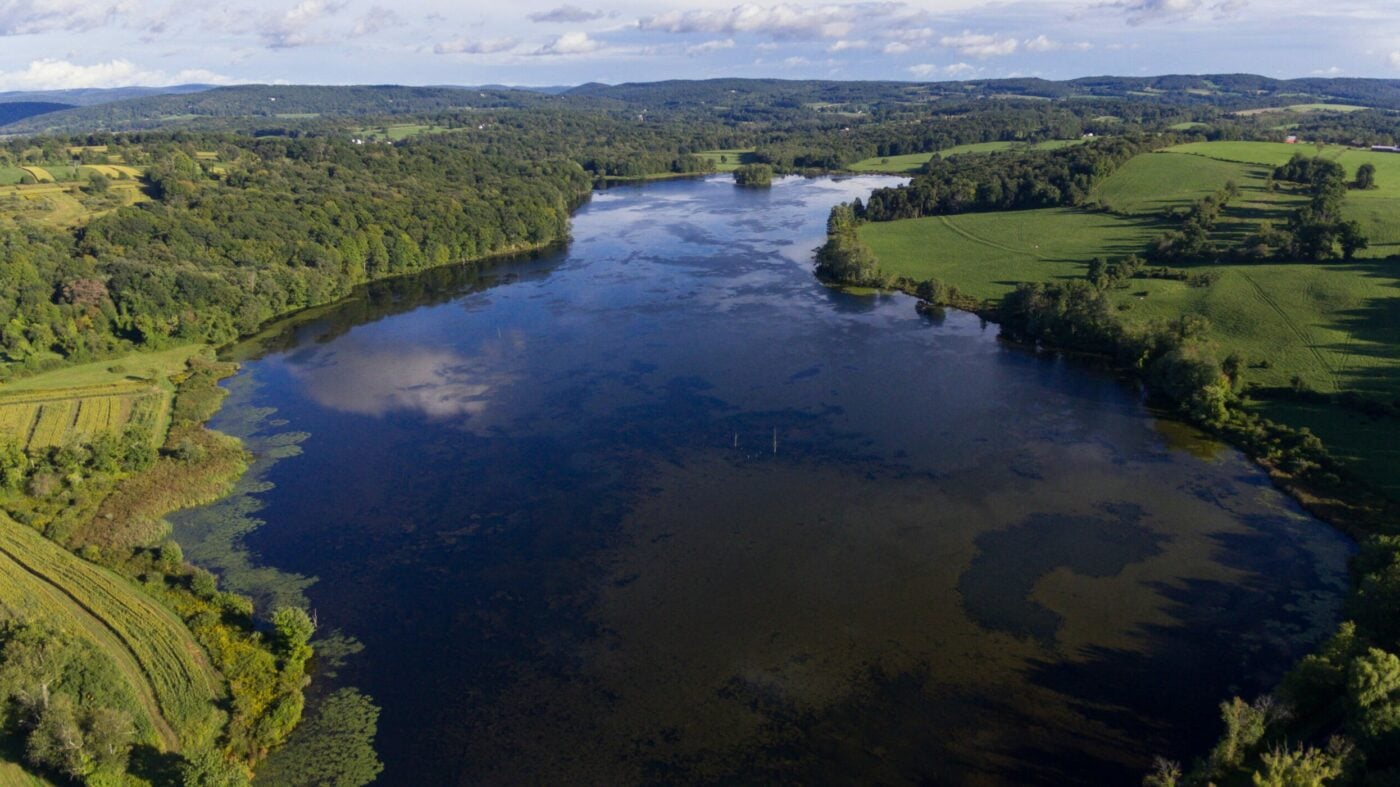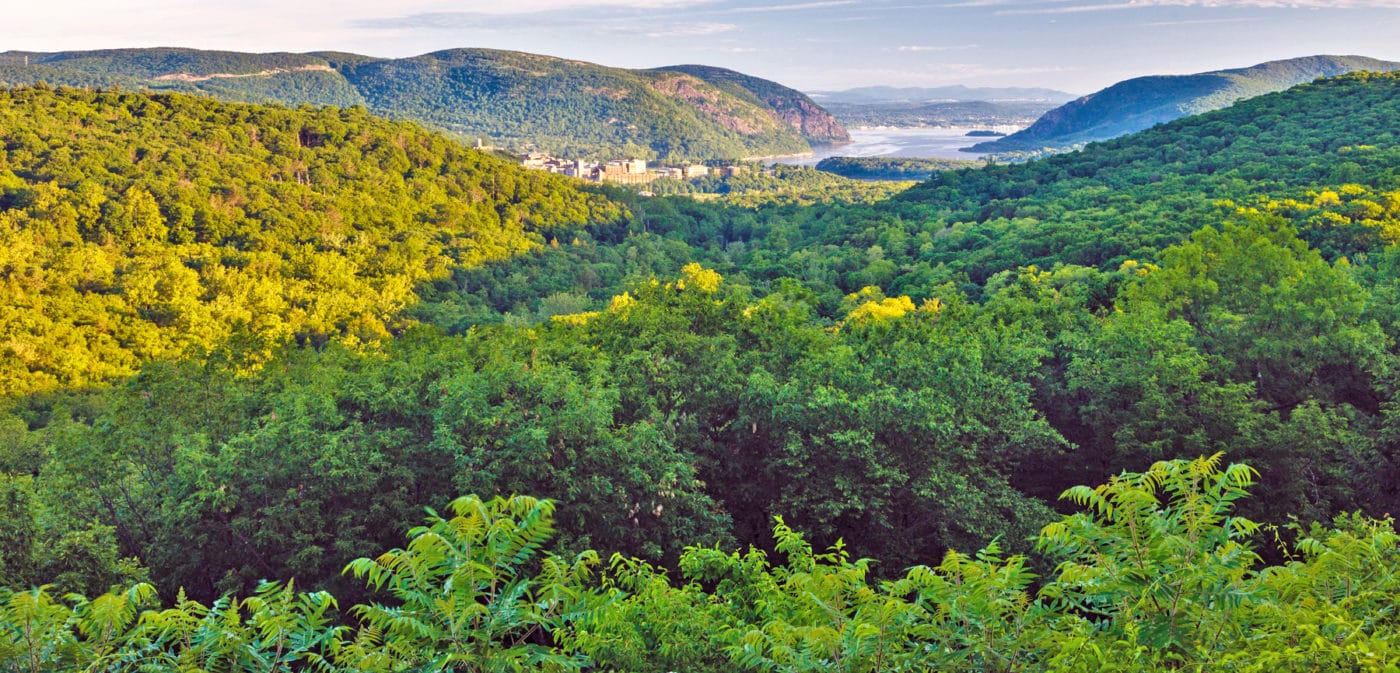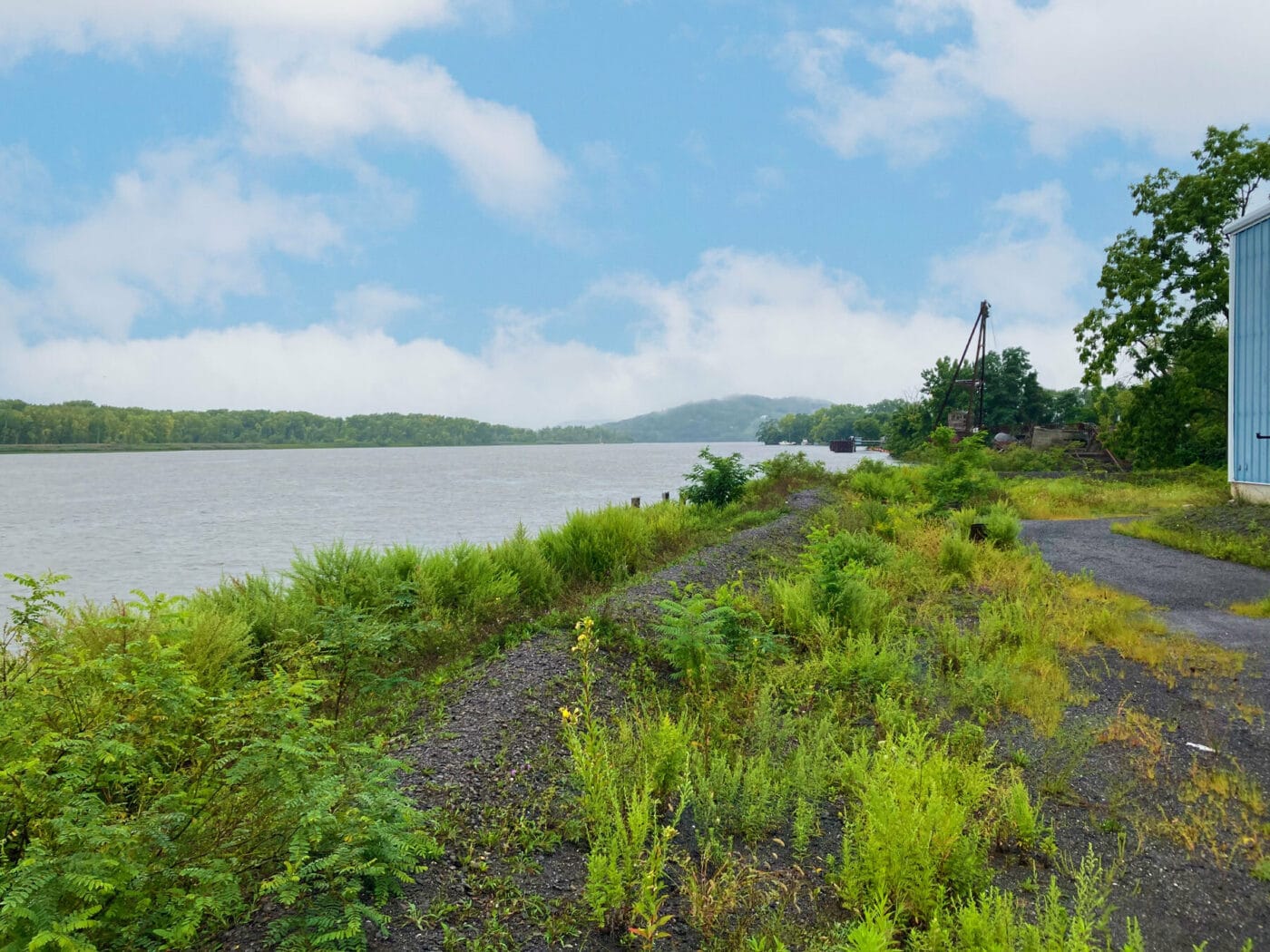Ecology
Securing the valley’s astonishing biodiversity and globally important habitats by thinking of the big picture.
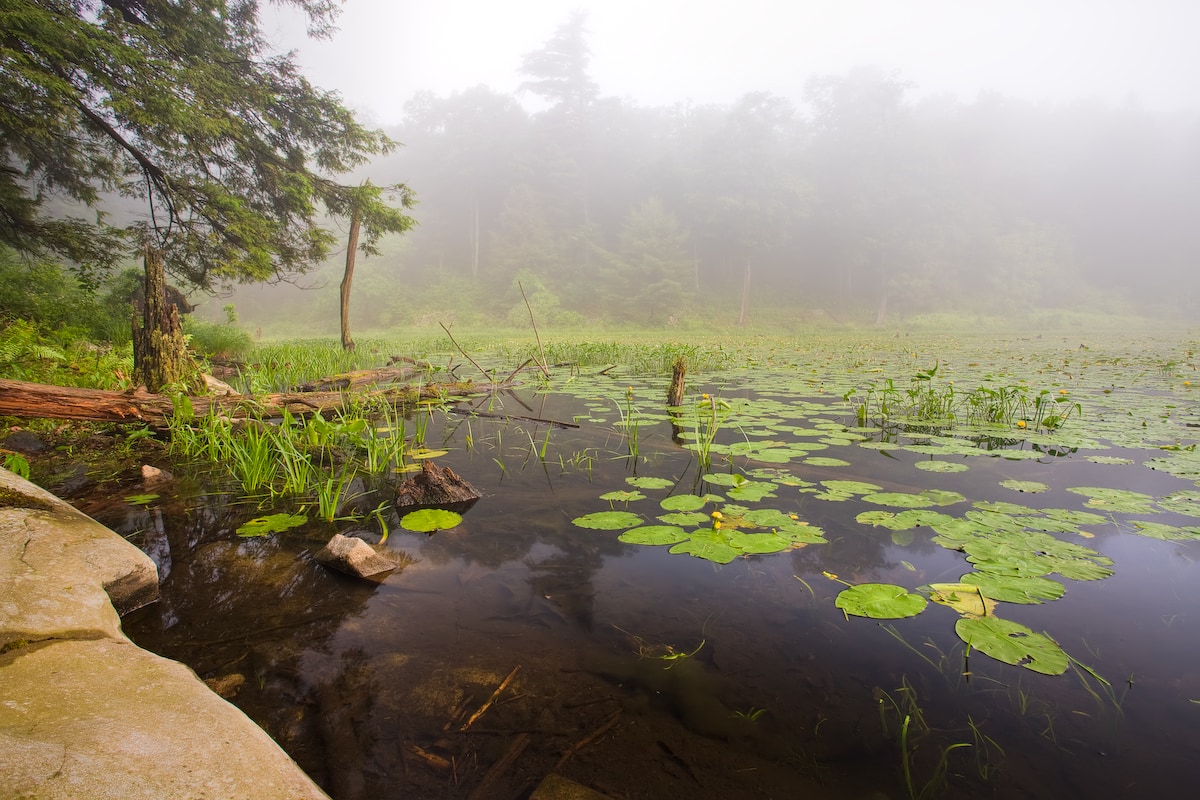
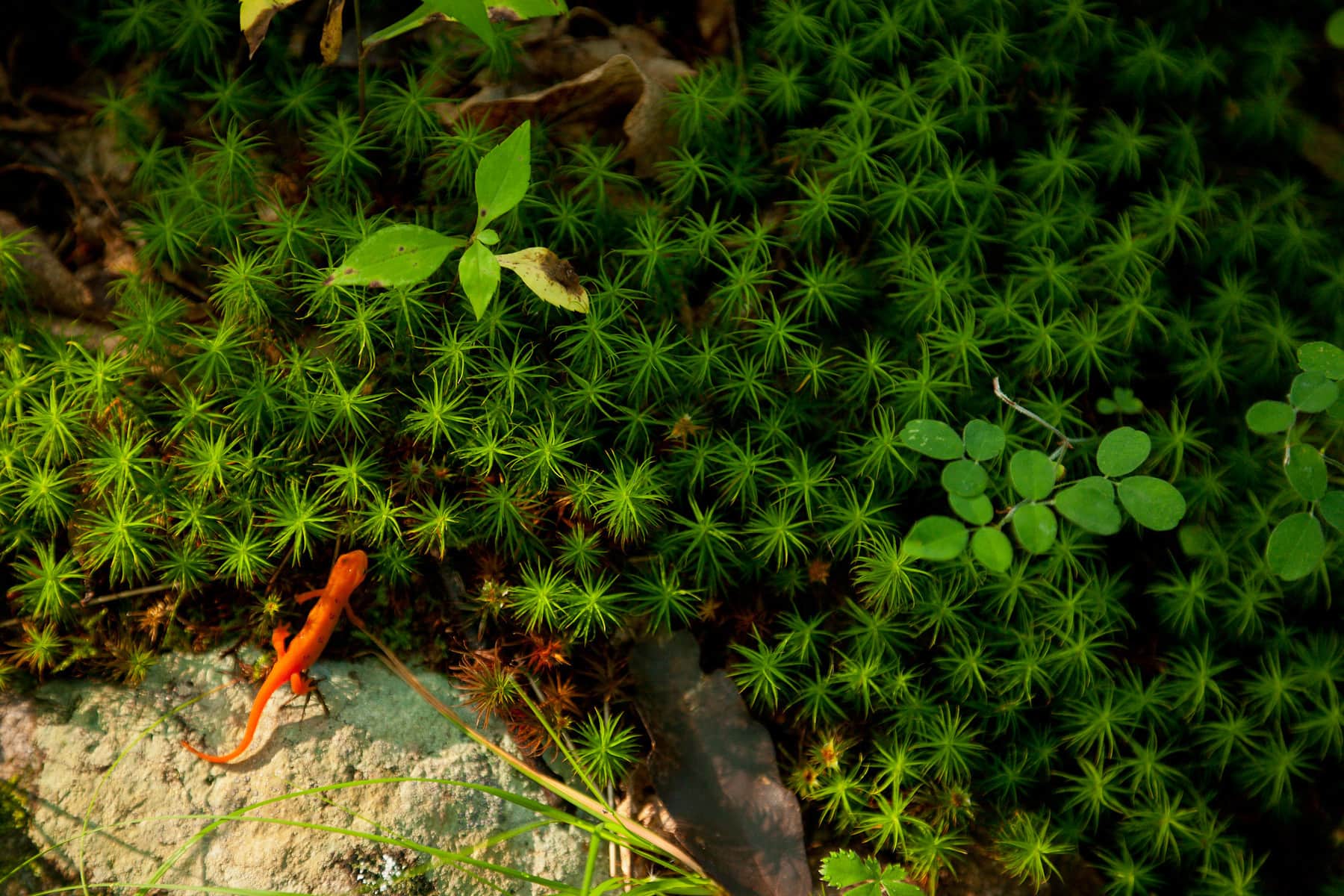
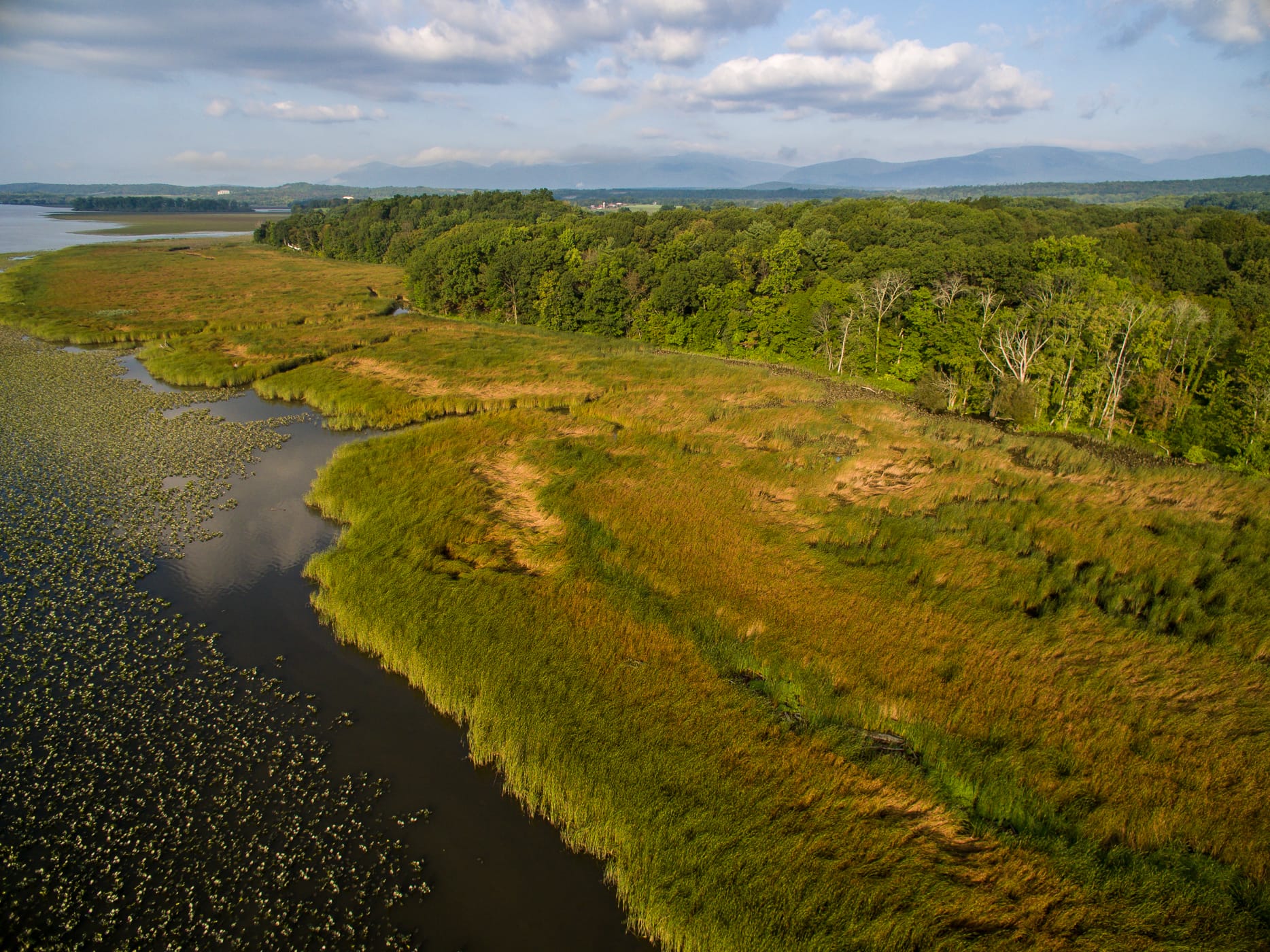
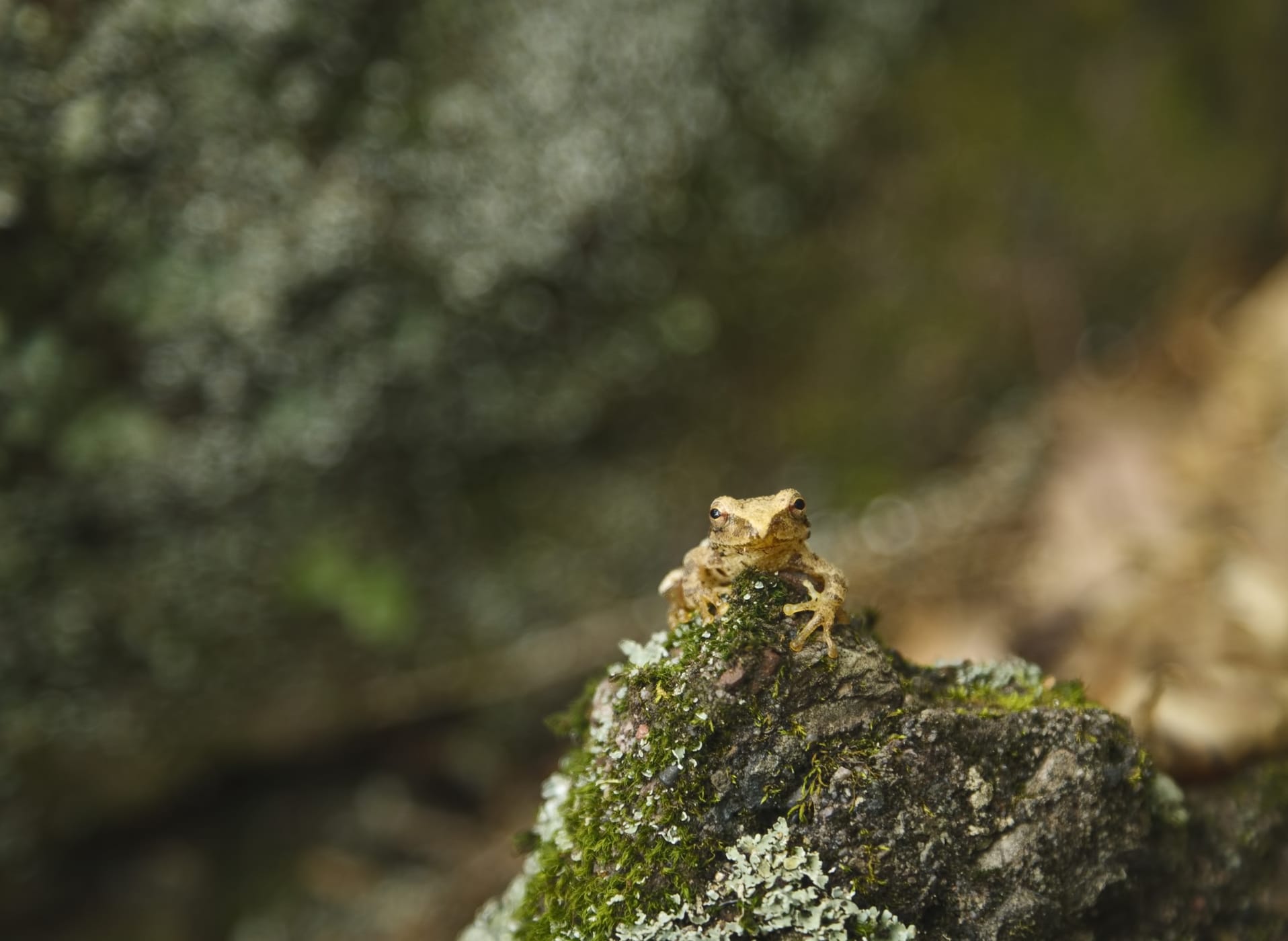
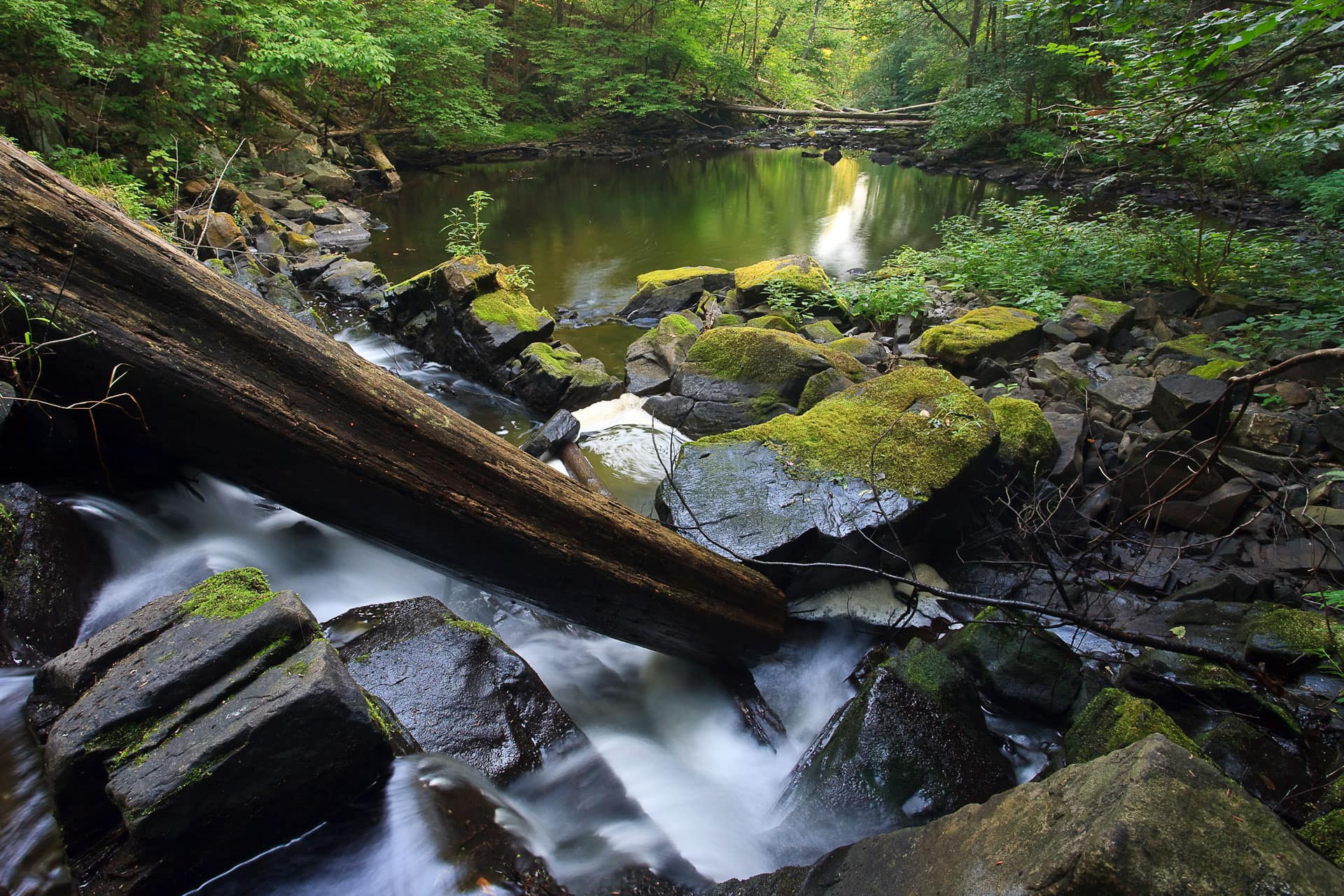
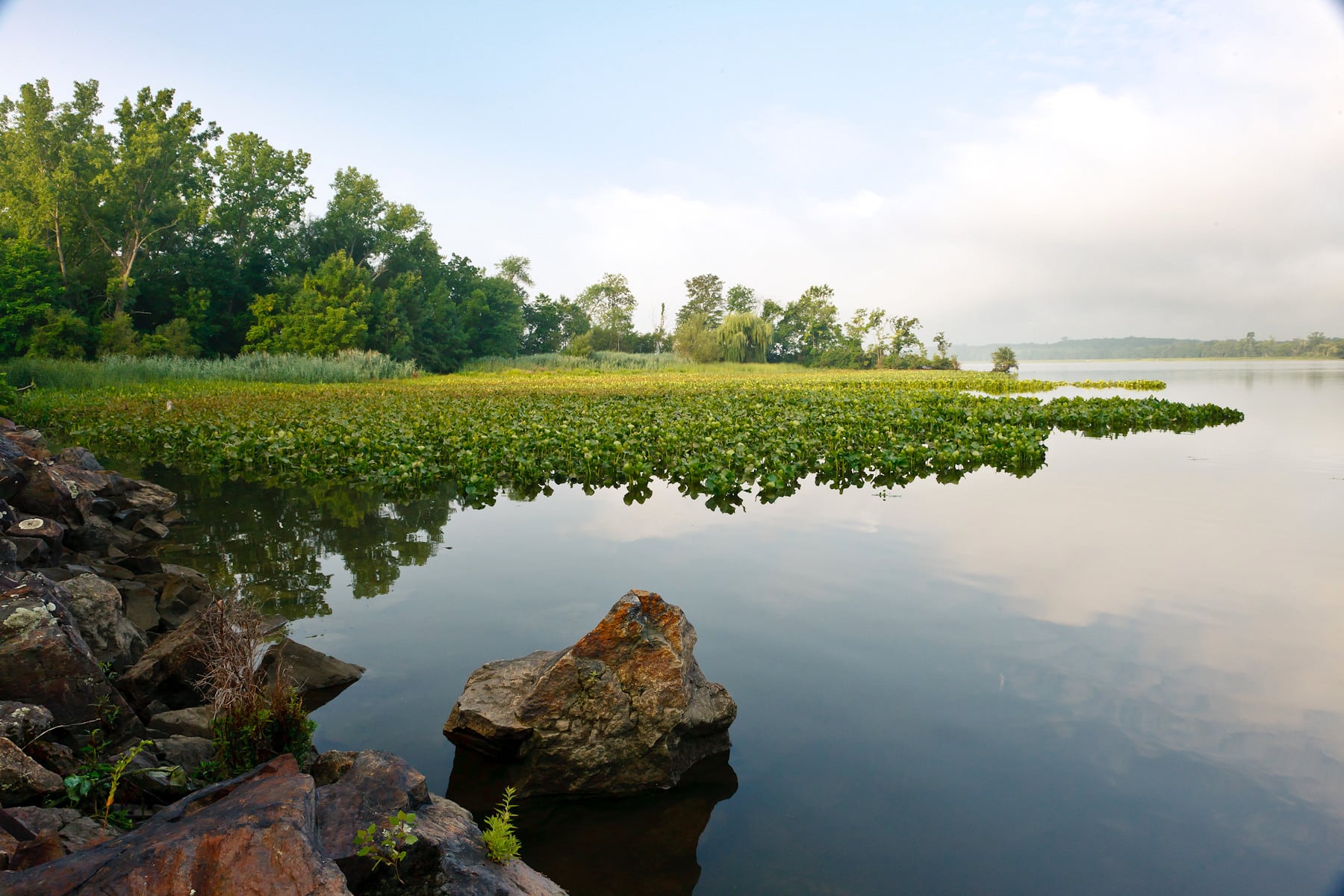
The Hudson River and the lands along it help to sustain some of the world’s most awe-inspiring creatures, from Atlantic sturgeon and snapping turtles — species as old as the dinosaurs — to bald eagles and monarch butterflies.
Studies show that ecosystems with high biodiversity are more productive and better able to withstand environmental fluctuations than those with a low variety of species. Increased threats from climate change make it even more imperative to protect our region’s diverse and globally important habitats.
Hudson Valley Conservation Strategy
That’s why we created the Hudson Valley Conservation Strategy (HVCS) — to help us protect our lands and species in the face of climate change. Identifying networks of conservation areas that add up to more than the sum of their parts, the strategy highlights places whose conservation will simultaneously sustain biodiversity, increase resilience to rising sea levels and other climate change impacts, and secure the pathways many species rely on for survival. The strategy seeks to link previously protected lands, increasing the health benefits to humans as well as wildlife by creating continuous wild corridors and pathways they can move through.
We’re protecting and restoring a range of environments for a variety of reasons, including:
- Tidal Wetlands: prime nurseries and breeding areas for many fish species and important stopovers for migratory birds.
- Wetlands: important for filtering pollution before it reaches drinking water supplies and for soaking up floodwaters.
- Meadows: support grassland wildlife critical for pollinating crops and eliminating pests; improve water quality and carbon storage.
- Forests: sequester pollutants that contribute to asthma, lung cancer and cardiovascular disease; vital for reducing climate change impacts such as increased heat; important for storing and sequestering carbon and improving water quality; important for providing habitat for wildlife.
Managing Scenic Hudson Lands
In addition to providing recreation and inspiration, our parks and preserves play critical roles in the natural system that filters air and water. They also furnish habitats for the great diversity of plants and animals found in the Hudson Valley. We manage Scenic Hudson lands to maximize their benefits to wildlife and people — by protecting rare species, controlling invasive (non-native) species and restoring the ecological function of their lands and waters.

